
37 Days

Nepal

Hard

8,163 m

TBD
Rising majestically at 8,163 meters, Mount Manaslu dominates the Mansiri Himal range of Nepal, earning its reputation as the "Jewel of the Middle West." With its sheer walls of snow and ice suspended in the sky, this awe-inspiring peak is both a visual masterpiece and a mountaineer’s dream.
Manaslu is revered as one of the more achievable 8,000m peaks, offering a relatively direct ascent with fewer objective hazards. But do not be fooled – this climb demands technical skill, endurance, and mental resilience. The route takes you through a breathtaking yet demanding landscape of steep ice slopes, deep crevasses, and knife-edge ridges, making every step an exhilarating challenge. There are ladders crossing deep crevasses and climbing steep snow and ice walls.
Often compared to Cho Oyu, Manaslu offers a more diverse and engaging climb, perfect for mountaineers seeking to hone their high-altitude skills before taking on Everest. Whether you are an experienced alpinist or a passionate adventurer looking to push your limits, Manaslu delivers an unforgettable expedition with jaw-dropping panoramas of the Himalayan giants at every turn.
Are you ready to take on one of the world’s most legendary 8,000m peaks?
Welcome to Nepal! Settle in and rest before your adventure begins.
Complete expedition formalities, then explore Kathmandu’s historic sites, including temples and bustling markets.
Embark on a scenic drive through Nepal’s lush valleys and terraced landscapes.
The journey continues deeper into the Himalayas, where the true adventure begins.
Your first day on foot, trekking through stunning alpine forests and remote villages.
Enter the heart of the mountains with breathtaking views and a taste of the high-altitude challenge ahead.
A crucial day to adjust to the altitude and regain strength.
Cross one of the most scenic and dramatic passes of the trek.
Immerse yourself in the local culture of this remote Himalayan village.
Explore Samagaon while letting your body adjust to the thinning air.
Arrive at your home for the coming weeks, surrounded by towering ice walls.
Perform a traditional puja for safe passage and undergo essential mountaineering training.
Take on the thrilling ascent of Manaslu (8,163m), navigating glaciers, technical sections, and high-altitude camps.
Celebrate your achievement while ensuring the pristine beauty of the mountains remains untouched.
Retrace your steps down to lower altitudes.
Continue your descent, soaking in the incredible landscapes.
A final push through stunning valleys and ridges.
Your last trekking day, concluding an unforgettable journey.
Return to the vibrant city for some well-earned rest and celebration.
Arrival in the Kathmandu (1345m) – An Urban Gateway to Adventure
Begin your journey by arriving in Kathmandu, a city teeming with history and culture. We’ll see you right outside the airport and escort you to your hotel. After meeting your trekking team, engage in an essential gear check to ensure you’re fully equipped for the journey ahead. Later, a team briefing will take place, covering vital information about the trek, safety protocols and what to expect each day. In the evening, you can roam around the bustling streets of Thamel. Discover local market, savour traditional Nepalese cuisine, or do some last-minute shopping if required.
Fly to the Tenzing-Hillary Airport in Lukla, a thrilling experience with stunning mountain views. Start your trek to Phakding, a journey through small villages and alongside the Dudh Kosi River. Enjoy the lush landscapes and the first taste of the region’s natural beauty.
Ascent to Namche Bazaar (3440m), the gateway to the High Himalayas
Trek through pine forests and cross suspension bridges to reach Namche Bazaar. This uphill journey offers your first views of Everest in the distance. Namche, a historic trading hub, now welcomes trekkers with its unique blend of natural beauty and local amenities.
Spend a day acclimatizing in Namche. Hike to the Everest View Hotel for panoramic views of Everest and Ama Dablam. Visit the Everest Museum or Sagarmatha Next to understand the history of mountaineering in Nepal and the Sherpa people’s way of life.
Journey through vibrant rhododendron forests towards Deboche. En route, visit the iconic Tengboche Monastery, a spiritual oasis and the highest monastery in the Khumbu region. See a number of stupas along the way before arriving at Deboche, a tranquil haven offering breathtaking views and a peaceful atmosphere for reflection amidst the mountains.
Ascend to Dingboche, a village surrounded by impressive peaks and used as a summer settlement by yak herders. The village offers striking views of Lhotse, Island Peak, and Ama Dablam. It’s got some shops, a must visit café & more.
Hike to Nangkarshang Peak, an ideal spot for acclimatization. The climb rewards you with breathtaking views of Makalu, world’s fifth highest mountain, among many other Himalayan giants. Return to Dingboche, enjoying the ever-changing mountain scenery.
Trek to the High-Altitude Hamlet of Lobuche (4910m)
Trek towards Lobuche via Thukla Pass, a path lined with memorials to climbers who lost their lives on Everest. The trek offers spectacular views of Pumori, Nuptse, and other surrounding peaks. Lobuche serves as a key stop for trekkers heading to Everest Base Camp.
The Epic Trek to Everest Base Camp via Gorakshep (5364m)
A challenging trek leads you to Everest Base Camp via Gorakshep, a desolate landscape offering dramatic views of the Himalayas. This lunar-like landscape is a stark contrast to the lush valleys below. Reaching Base Camp, the feeling of standing at the foot of the world’s highest mountain is indescribable. Come back to Gorakshep for a much needed rest.
Sunrise Majesty at Kalapathar (5550m) & Descent to Dzongla (4843m)
Greet the dawn with an early hike to Kalapathar, witnessing a spectacular sunrise that illuminates Everest in a golden glow. The unparalleled 360-degree Himalayan panorama etches a lasting memory. Afterwards, embark on the descent to Dzongla, a serene hamlet nestled among dramatic landscapes, offering a peaceful respite after the day’s exhilarating start.
Dzongla to Thangnak (4700m) – A Journey through the High Himalayas
The path to Thangnak unfolds with views of the serene Gokyo Lakes, set against the backdrop of towering peaks. This trek through the heart of the Himalayas showcases its rugged beauty, with glaciers and peaks guiding the way to Thangnak’s tranquil embrace.
Venturing to Gokyo (4790m) – A Valley of Dreams
Arrive in the enchanting Gokyo Valley, a realm of ethereal glacial lakes and majestic mountains. The serene beauty of Gokyo, a haven of natural splendor, captivates the soul, offering moments of reflection amidst the grandeur of the Himalayas.
Ascend Gokyo Ri (5360m) & Return to Gokyo – A Summit of Splendor
An early ascent to Gokyo Ri challenges the spirit, rewarding trekkers with breathtaking vistas of Everest and its surrounding peaks. The descent back to Gokyo is a journey back to tranquility, offering a chance to absorb the vastness of the landscape traversed.
The trek proceeds to Machermo, a picturesque village cradled in the Himalayas, marking the beginning of the journey home. The tranquil environment and stunning vistas provide a serene backdrop to reflect on the adventures experienced.
Machermo to Namche Bazaar (3440m) – Retracing Steps
As the trek winds its way back to Namche Bazaar, each step is filled with a mix of joy and contemplation. The return through familiar paths offers a time to cherish the monumental journey and the enduring spirit of the Himalayas.
Namche Bazaar to Lukla (2840m) – The Final Leg
The trek’s final leg to Lukla is a reflective journey, filled with the camaraderie of fellow trekkers and the natural beauty of the trails. It’s a day of celebration, marking the completion of an epic quest through Everest’s shadows.
Fly from Lukla to Kathmandu (1345m) – Return to Civilization
The flight back to Kathmandu brings trekkers back to the starting point, closing the loop of an unforgettable journey. The vibrant city offers a stark contrast to the tranquility of the mountains, inviting celebrations and shared stories of the trek’s triumphs.
Departure – A Farewell to the Himalayas
With hearts enriched by the journey and spirits lifted by the accomplishment, trekkers bid farewell to Nepal. The departure marks the end of an extraordinary adventure in the Everest region, leaving behind memories that will last a lifetime.
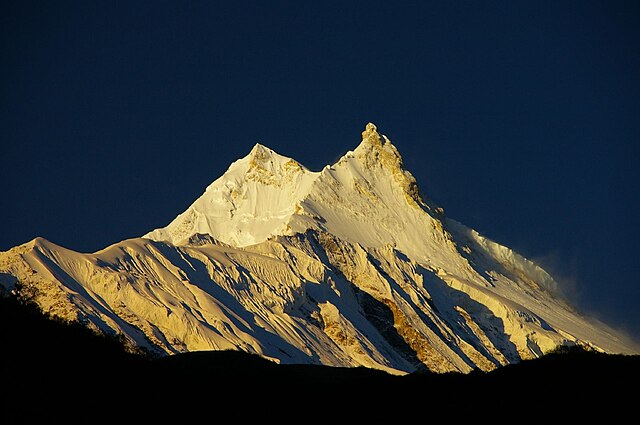
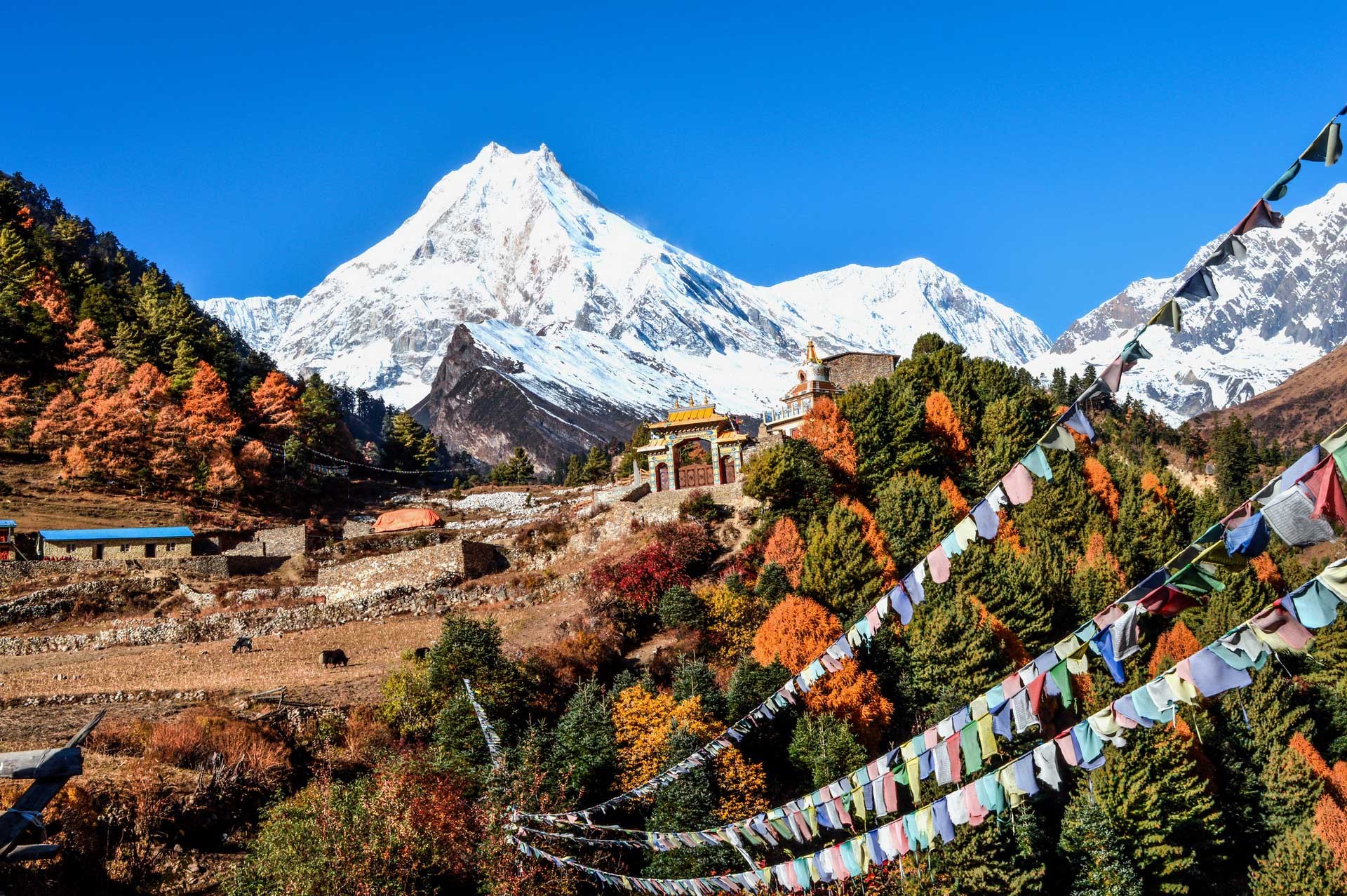
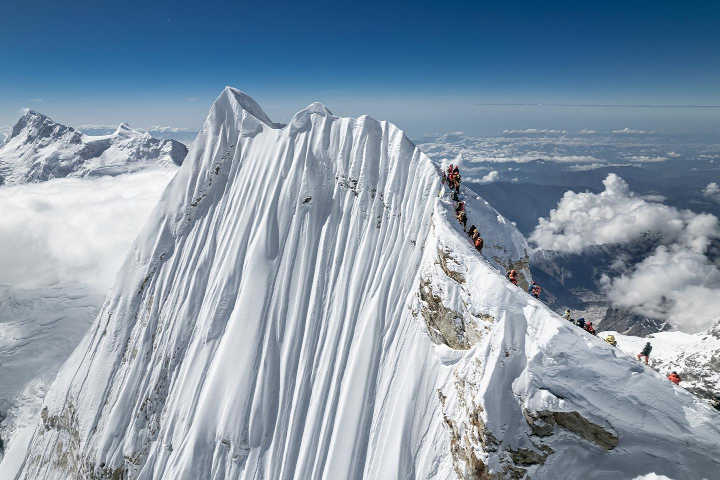

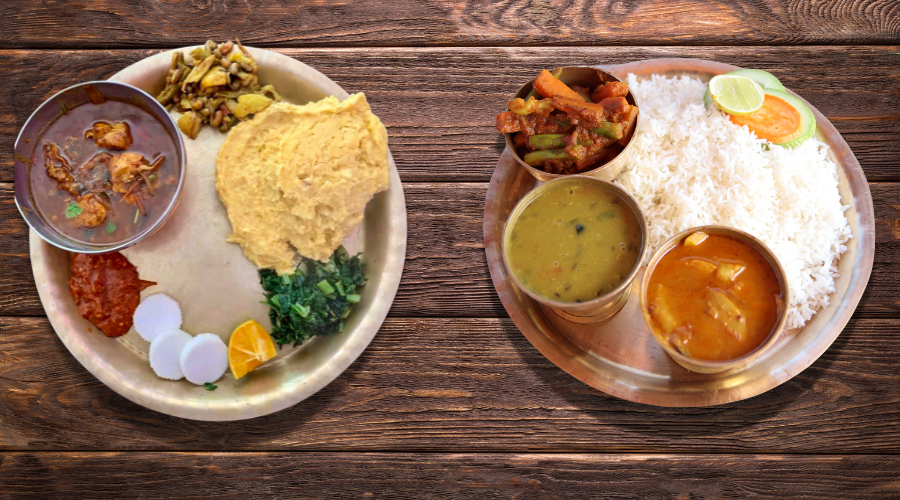
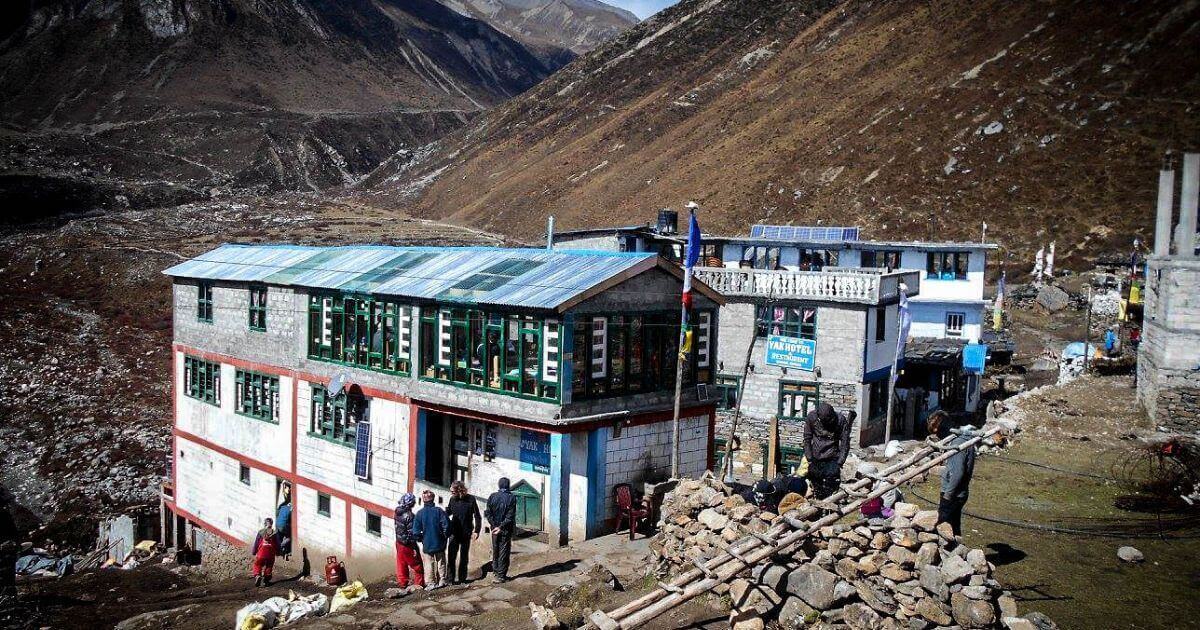
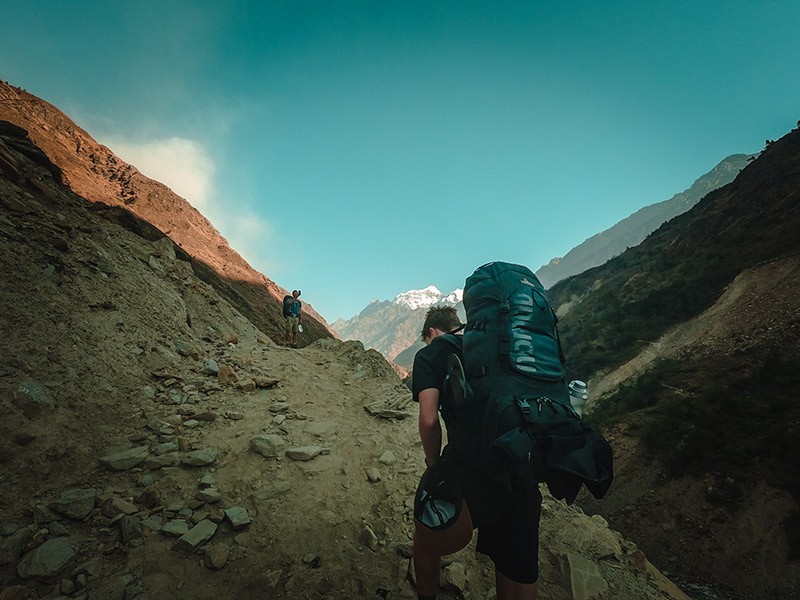
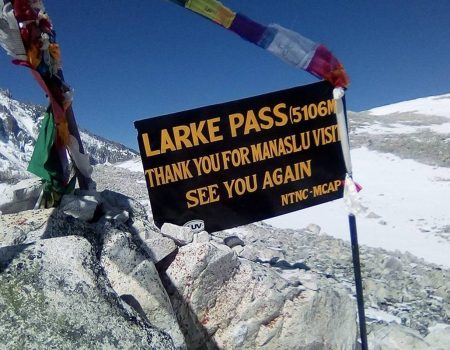
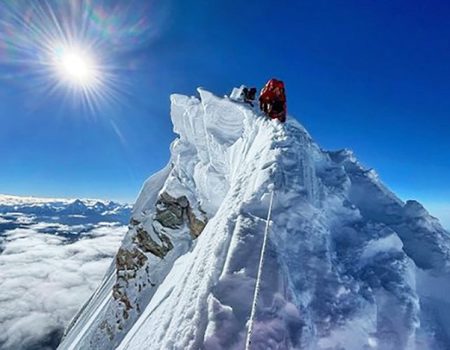
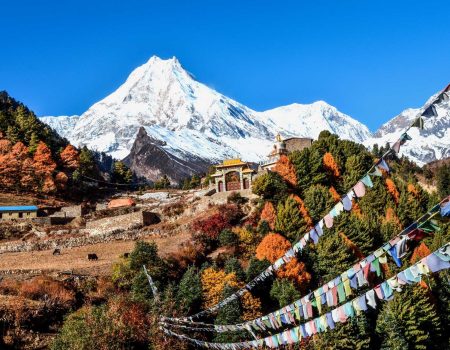
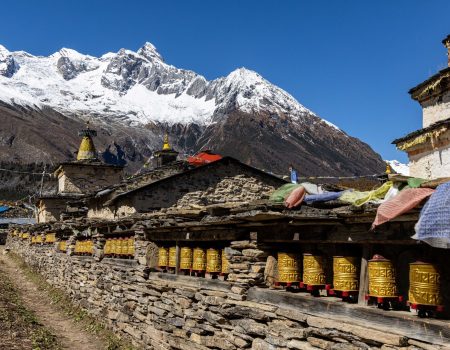
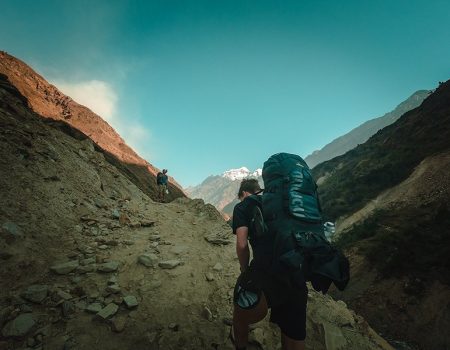
For additional advice and coordination, join our WhatsApp group, where we will provide support throughout your preparation!

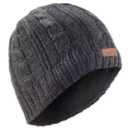



At Adventure Central, the safety and well-being of our trekkers is our utmost priority, especially for challenging adventures like the Everest Base Camp Trek. We have implemented comprehensive safety measures to ensure a secure and enjoyable experience for all participants:
By implementing these safety measures, Adventure Central is committed to providing a safe, responsible, and unforgettable trekking experience to this trek.
Discover similar treks from Boots & Crampons that quench your thirst for adventure.
We understand your pain when you have to cancel a trip for unforeseen reasons. To address this, while considering our advance arrangements, we’ve set up fair and reasonable cancellation guidelines. If you inform us about it:
A) More than 30 Days Prior to Start:
-Option for a 100% credit towards a future expedition.
-Alternatively, a 90% refund is available.
B) Between 30 to 10 Days Prior to Start:
-Eligible for a 50% refund of the total cost.
-Option to carry forward 75% of the payment towards a future expedition.
C) Less than 10 Days Prior to Start:
-A 10% refund is available under this notice period.
-Alternatively, 25% of the payment can be applied to a future expedition.
Yes, prior experience in high-altitude trekking or climbing, particularly on peaks over 5000 meters, is strongly recommended. This experience helps climbers acclimate to altitude and understand the physical and technical demands of the expedition.
Personal gear, including climbing equipment, proper clothing, and a sleeping bag, must be brought by climbers. We take care of all the other arrangements and common/camping equipment.
Climbing & Trekking Equipment like poles and gloves can be rented, but personal gear like jacket and boots are recommended for comfort and fit.
Appropriate clothing includes a base layer for moisture management, an insulation layer for warmth, and a waterproof and windproof outer layer. Additional accessories like gloves, hats, and thermal socks are essential for protection against the cold. Check out the “things to pack” section above for a complete list.
Accommodations include hotel in Kathmandu, teahouses during the trek through villages like Namche Bazaar, and camping in tents during the climb from the base camp.
Meals are included in the package and are served at teahouses or camps. The food ranges from local Nepalese dishes to more familiar Western-style meals, catering to various dietary preferences.
Clean drinking water is usually available throughout the trek. It’s often provided by the lodges or can be obtained from natural sources and treated with purification tablets or boiling.
Basic facilities are available at campsites, including dry pit toilets or portable toilets, depending on the location.
Mobile network and internet access are limited or non-existent in the region, with emergency communication usually via satellite phone.
Charging facilities are limited on the trek, so it’s advisable to bring extra batteries or portable solar chargers.
A high level of physical fitness is recommended. Participants should be able to hike for several hours a day in steep, high-altitude terrain. Pre-trip fitness training is advised to enhance endurance and strength.
It is highly recommended that climber come with a comprehensive travel insurance that covers high-altitude trekking, medical expenses, and emergency evacuation. It’s important to ensure that the policy covers the specific altitude of Ama Dablam.
The itinerary typically includes acclimatization days to adapt to higher altitudes. Guides are trained to recognize and manage altitude sickness symptoms, and descent is the immediate course of action if symptoms become severe.
Basic medical facilities and support are available at various points along the route. Guides often carry first aid kits, and larger groups may have a designated medical professional.
Expeditions are equipped with emergency evacuation plans, which may involve descent to a lower altitude, helicopter evacuation, or transport to a medical facility, depending on the severity and nature of the emergency.
Safety measures include experienced guides, use of proper equipment, adherence to established routes, and regular weather and condition assessments. Risk management protocols are strictly followed to ensure climber safety.
Climbers should be proficient in basic mountaineering skills, such as using crampons and ropes, navigating crevasses, and understanding glacier travel. These skills are crucial for safe climbing and dealing with the technical sections of the ascent.
Yes, qualified and experienced guides and instructors accompany climbers. They provide assistance with technical skills, route finding, and safety management, ensuring climbers are well-supported throughout the expedition.
During climbing seasons (spring and autumn), the weather is generally stable with less precipitation and clearer skies. However, weather in the Himalayas can be unpredictable, and climbers should be prepared for sudden changes.
Bathing is generally not recommended during the trek.
Weather plays a critical role in climbing conditions. Good weather can mean safer and more enjoyable climbs, while bad weather can lead to hazardous conditions, route changes, or delays.
We have a buffer day in our itinerary to accommodate bad weather or other unforeseen conditions. It is used to ensure the safety and success of the summit attempt.
If a climber cannot continue, the standard procedure involves safely descending with the assistance of guides. The well-being of the individual is prioritized, and decisions are made based on the severity of their condition.
We understand your pain when you have to cancel a trip for unforeseen reasons. To address this, while considering our advance arrangements, we’ve set up fair and reasonable cancellation guidelines. If you inform us about it:
-Option for a 100% credit towards a future expedition.
-Alternatively, a 90% refund is available.
-Eligible for a 50% refund of the total cost.
-Option to carry forward 75% of the payment towards a future expedition.
-A 10% refund is available under this notice period.
-Alternatively, 25% of the payment can be applied to a future expedition.
Fill your full details in the form below. We will get back to you as soon as possible.